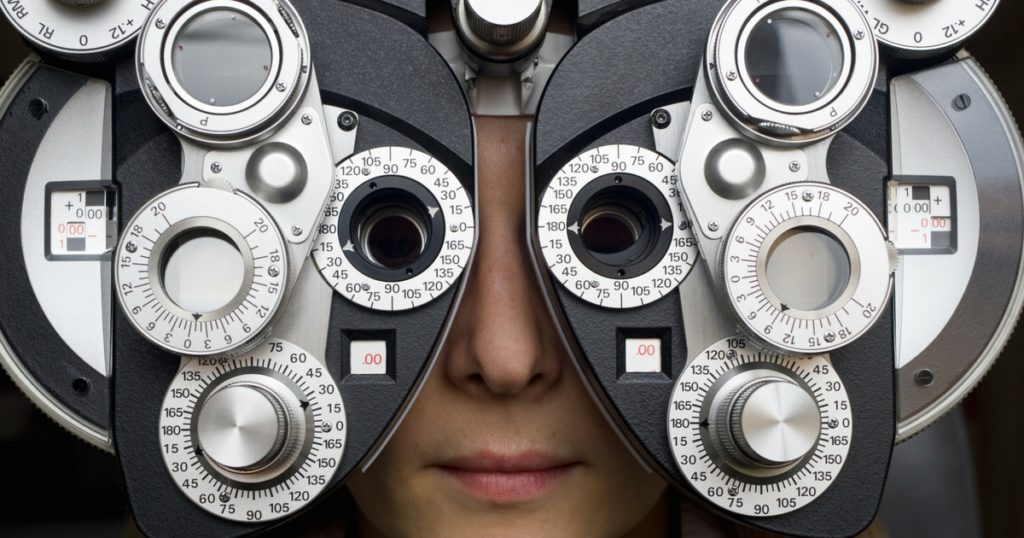

You often hear the term “20/20 vision” as the signal for perfect vision. But is 20/20 vision really perfect vision? To shed some light on this subject, let’s look into what 20/20 vision actually means.
Visual Acuity at Distance
Your vision is typically represented in what’s known as a Snellen fraction. This fraction is a measurement of your visual acuity, or sharpness of your vision, at a distance of 20 feet (the top half of the fraction).
Remember the chart with all the letters and numbers from your eye exam? That chart is usually 20 feet away and it’s what optometrists use to determine the second half of your Snellen fraction. A number represents each line of the chart, which makes up the second half of your Snellen fraction.
Worse visual acuity is represented with larger numbers like 20/40 – all the way up to 20/200 if you cannot read the top letter without corrective lenses. Following the pattern, smaller numbers like 20/15 or 20/10 represent stronger visual acuity.
Okay, so what is perfect vision?
It’s hard to say what “perfect vision” really is. From an optometrist’s standpoint, 20/20 vision is considered normal vision. It’s the target number optometrists try to reach with glasses and other vision correcting methods. Don’t worry if you only have 20/20 vision with your glasses, that’s more than enough vision to see the world around you.
Are you ready for an eye exam? Contact the front desk or schedule an appointment quickly online.

